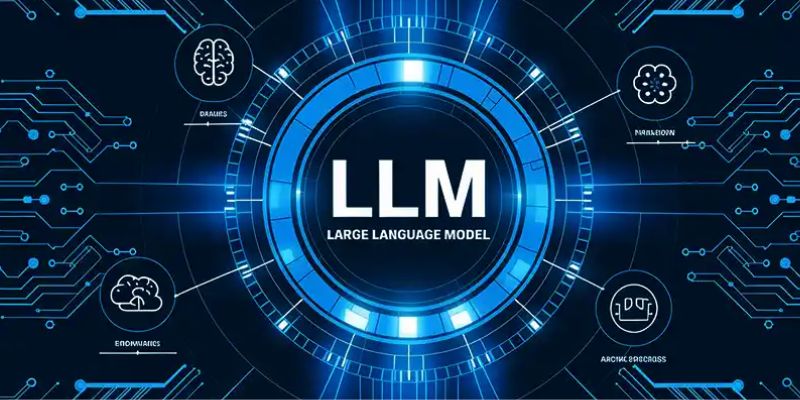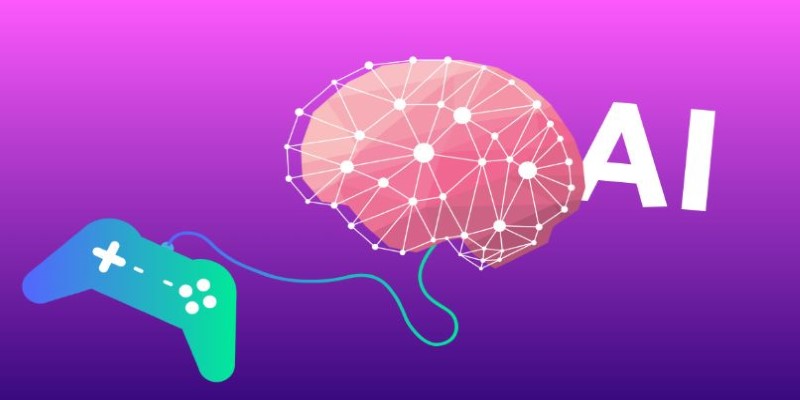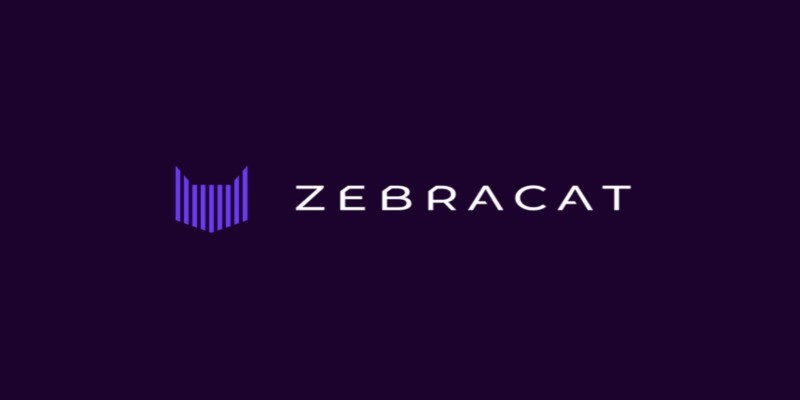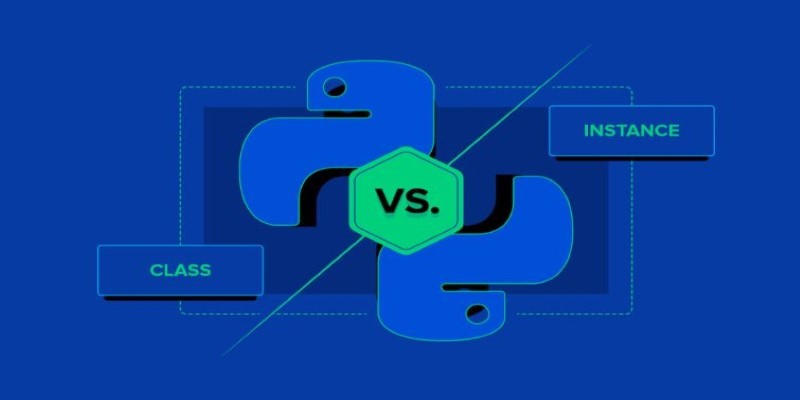Advertisement
In this constantly changing technological world, LLMs (large language models) have emerged as the most powerful tools for businesses using AI in NLP (natural language processing) tasks. LLMs have revolutionized everything from powering chatbots and virtual assistants to generating human-like text.
However, many organizations are still struggling to choose the best model for each job. If you are one of them and selecting the right model from hundreds of options available seems daunting, we have solved your problem. Continue to read and learn how to choose the right LLM for your needs!

Large Language Models (LLMs) are smart computer programs. These models are trained to read, understand, and create human-like text. They use deep learning and special systems called transformers to learn from huge amounts of written content. These models can handle many language tasks, like answering questions, writing content, etc. When choosing an LLM, it's important to look at its performance, like its accurate, clear, and natural responses.
Other things to consider include how much computer power it needs, how easy it is to customize, and much more. Some well-known LLMs are GPT, BERT, XLNet, T5, and Turing-NLG. You need to plan carefully to use an LLM successfully in a company or project. It includes preparing your data, adjusting the model, testing its performance, and providing regular updates and support to keep it working well.

Here are the six factors that you should consider when choosing an LLM. Let’s discuss them in detail below:
When it comes to LLMs, size does make a difference. A model's size is measured by its number of parameters. Bigger models usually understand and generate language better because they are trained on more data. However, they also need more computer power and are more expensive. Before choosing a model, think about your needs. Choose the larger model if your task is complex and requires high accuracy. However, a smaller model can work fine for simpler tasks and save time, money, and resources. Choose the right size for your purpose.
If you want accurate results for a specific industry, using a model trained for that field is best. General LLMs are trained on various topics, but domain-specific models are trained on content from a single area, like medicine, law, or finance. These specialized models understand the language and terms used in that field better. It makes the responses more accurate and relevant. You can either start with a model trained on domain-specific data or fine-tune a general model using your industry’s content. Examples include Galactica and BloombergGPT, which are made for science and finance.
Before using an LLM, it's important to consider the total cost and data security. The cost includes more than just buying the model. It also covers the computer power needed to train, fine-tune, and run. These expenses can add up quickly, especially with larger models. If your organization needs full control over data, you will not want to use cloud-based models like GPT-4. Instead, you can license and run a model on your servers to keep data secure. Set a clear budget before you choose a model. Look at both the one-time setup costs and the ongoing expenses, like maintenance and upgrades. Remember, the price can vary greatly depending on the model's size and how often it's used.
Latency means how quickly a model responds after receiving a question or command. Fast replies are very important for apps like customer support chatbots or virtual assistants. Users will get frustrated or leave the conversation if the model is slow. If your project needs real-time interaction, choose a model that responds quickly. Models with low latency help keep conversations smooth and natural. Before picking a model, test it in different situations to see how it performs. Check how fast it responds during high traffic or when handling large amounts of data. It helps you know if the model can meet your users' needs.
Integrating an LLM into your system should be easy and smooth. It should not be causing problems in your existing setup. It needs to work well with your current tools and processes to get the most out of the model. First, check if the model offers reliable APIs. These APIs help your app or system communicate with the LLM easily and perform tasks smoothly. Next, ensure the model is compatible with your current technology, like the programming languages you use, your databases, and your servers. If it fits well, you will avoid complex setup issues. Also, the flexibility of the model that can be deployed should be looked at.
Building AI is a big responsibility. Like teaching a child, what it learns shapes how it behaves. If not handled carefully, AI can make mistakes that affect people unfairly. LLMs learn from large amounts of past data. Sometimes, this data includes biased or unfair patterns like stereotypes or discrimination. If the model learns these biases, it can repeat or strengthen them in its responses. It can lead to unfair treatment of certain groups and continue societal problems. To avoid this, it's important to check the training data carefully, make sure the model's decisions are clear and understandable, and focus on fairness during development.
Choosing the right Large Language Model can be hard. But with the right knowledge, it becomes much easier. You can make a smart choice by understanding your needs and checking the model's speed, cost, size, accuracy, and how well it fits into your system. Always keep ethical concerns and fairness in mind, too. With careful planning, you can pick a model that works best for you and helps you get the most out of this powerful technology.
Advertisement

Learn Bayes' Theorem and how it powers machine learning by updating predictions with conditional probability and data insights

Trying to choose between Bard, ChatGPT, and offline Alpaca? See how these language models compare in speed, privacy, accuracy, and real-world use cases

Curious about AI prompt engineering? Here are six online courses that actually teach you how to control, shape, and improve your prompts for better AI results

Ever wanted to make lip sync animations easily? Discover how Gooey AI simplifies the process, letting you create animated videos in minutes with just an image and audio

Can AI-generated games change how we play and build games? Explore how automation is transforming development, creativity, and player expectations in gaming

Want to create marketing videos effortlessly? Learn how Zebracat AI helps you turn your ideas into polished videos with minimal effort

Discover 8 powerful ways AI blurs the line between truth and illusion in media, memory, voice, and digital identity.

Learn how to create the perfect headshot using LightX Photo Editor. This step-by-step guide covers lighting, background edits, retouching, and exporting for a professional finish

Struggling with synth patches or FX chains? Learn how ChatGPT can guide your sound design process inside any DAW, from beginner to pro level

Explore the key differences between class and instance attributes in Python. Understand how each works, when to use them, and how they affect your Python classes

Learn the 10 best AI podcasts to follow in 2025 and stay updated with the latest trends, innovations, and expert insights.

Cisco’s Webex AI Assistant enhances team communication and support in both office and contact center setups.